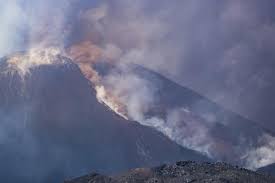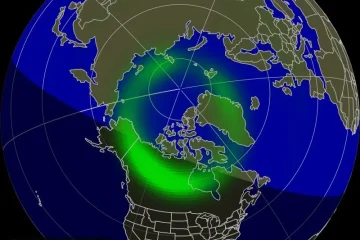Understanding the South Atlantic Anomaly

Introduction
The South Atlantic Anomaly (SAA) is a phenomenon that has garnered significant attention in recent years due to its implications for satellite operations and space exploration. Situated over the South Atlantic Ocean, this area is where the Earth’s magnetic field is significantly weaker than in other regions. This anomaly poses challenges for satellites and spacecraft, making it a crucial topic for scientists and engineers.
What is the South Atlantic Anomaly?
The South Atlantic Anomaly is characterized by a dip in the Earth’s magnetic field, which allows higher levels of cosmic radiation to penetrate. This anomaly extends from the southern part of Africa to the western coast of South America. The specific region where the magnetic field is weakest lies over the South Atlantic Ocean and influences the functionality and safety of satellites as well as the International Space Station (ISS).
Impacts on Satellites and Spacecraft
Satellites passing through the SAA experience increased exposure to radiation, which can lead to malfunctions or damage to electronic systems, degrading the performance of instruments and sensors. Such occurrences have led to satellite operators developing strategies to mitigate these risks, including shutting down sensitive systems when satellites transit through the anomaly. The SAA also affects the ISS, where astronauts aboard must periodically shield themselves from elevated radiation during their passes through the anomaly.
Current Research and Developments
Research surrounding the SAA is ongoing, with scientists working to monitor and better understand its behaviors and changes over time. Recent studies have indicated that the region may be expanding, which raises concerns for future spacecraft operating in low Earth orbit. Modern satellites come equipped with radiation-hardened technology, but the potential need for specialized systems could impact mission costs and design.
Conclusion
The South Atlantic Anomaly is a significant feature of Earth’s magnetic environment that continues to challenge satellite operations in low Earth orbit. The growing understanding of this phenomenon is essential for both current and future space missions, indicating that advancements in technology and research will be crucial in ensuring safe and effective space exploration. As our reliance on satellites increases, the implications of the SAA will shape future designs and operational strategies in the aerospace industry.









